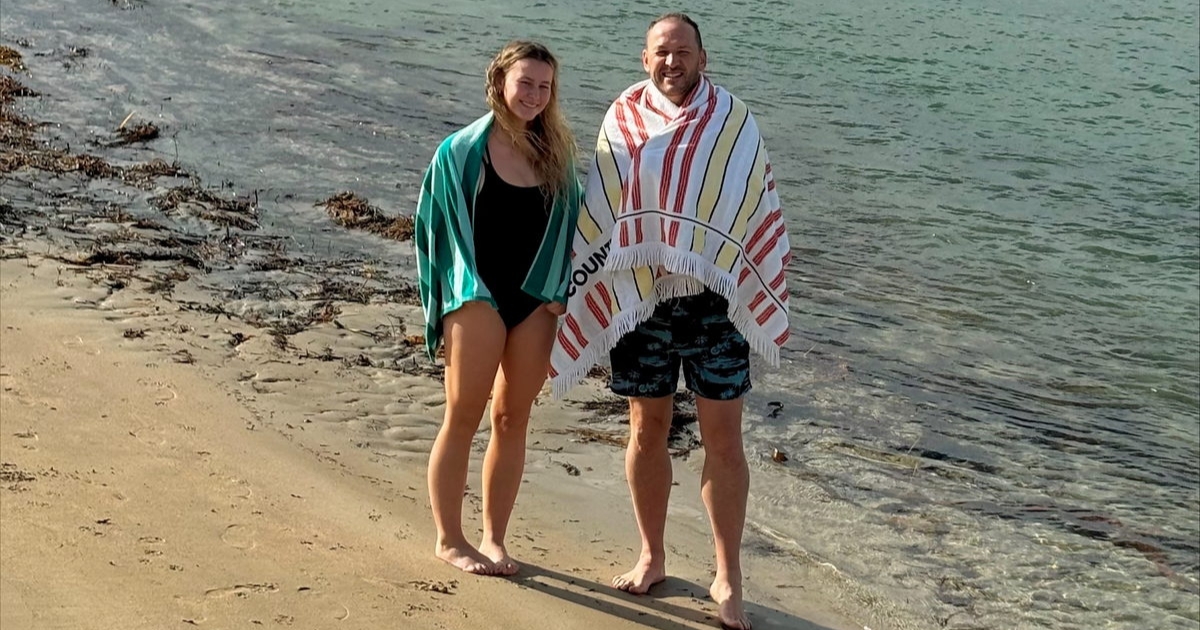Why don’t more people drink Riesling?
A recent exchange among wine professionals lamented both the lack of Riesling on most wine store shelves, and the sea of Sauvignon Blanc.
It is a common refrain amongst those in the wine trade and even serious wine enthusiasts – why don’t more people drink Riesling?
The arguments in favour were of course its value – the quality of Riesling at all price points does offer exceptional value; its versatility – it is a grape variety that can be made from bone dry through to sweet dessert styles; its expressiveness – it can vary in style from one soil type to the next and with very small changes just metres apart; it’s age-ability–Riesling has the qualities and track record to develop and age gracefully over years if not decades.
The simple argument against this is that most wine drinkers don’t care about most of these traits, and in many cases, it is precisely why they don’t reach for Riesling and therefore it remains a small part of most wine store selections.
Extolling these virtues to the casual wine drinker will likely leave them asking “how do I know where to start, then?”
Understanding, the variations in soils or the benefits of age take time and many bottles to understand and appreciate, where most wine drinkers are looking for the best individual bottle of wine to drink within the following few hours.
Look at the biggest trends of recent times: provincial Rose, Marlborough Sauvignon Blanc, Prosecco.
Sure, there is some variation between producers, but you can pick up a bottle of one of these styles and get an understanding for its qualities and whether or not want to continue to explore the variety. If you have avoided Riesling in the past because it seemed too hard, it may be worth starting with the style of wine you like to drink, the flavours and textures.
With some good advice, there will likely be a Riesling worth trying that fits the bill. Here are a few options worth considering.
If you enjoy light-bodied, dry, crisp white wines then a wine like the Vickery Watervale Riesling 2018 ($21) would be a great choice – unadorned by winemaking techniques it is a clean, crisp white driven by a range of citrusy flavours, faint hints of spice and flowers bring a little complexity, but for the most part it is just a delicious glass of white wine.
If the racy, sharp acidity often associated with dry Riesling isn’t your go, but you don’t want a fullerbodied wine or you don’t like oaked wines, then the Sons of Eden Freya Riesling ($25) might strike the right balance. Handled in a similar fashion to the Vickery, except that it is kept on lees for a few months; a technique that lends a creaminess to white wines and can give the impression of softness within the crisp framework of Riesling.
What about those who prefer something that is fruity, but not sickly sweet or too heavy? Then the Heroes Riesling ($28) might do the trick. The cold climate ensures high acidity, but the buffering effect of some residual sugar (up to a point) reduces the impression of sharp acidity, heightens the fruity flavours all while finishing crisply without any cloying sweetness.


















